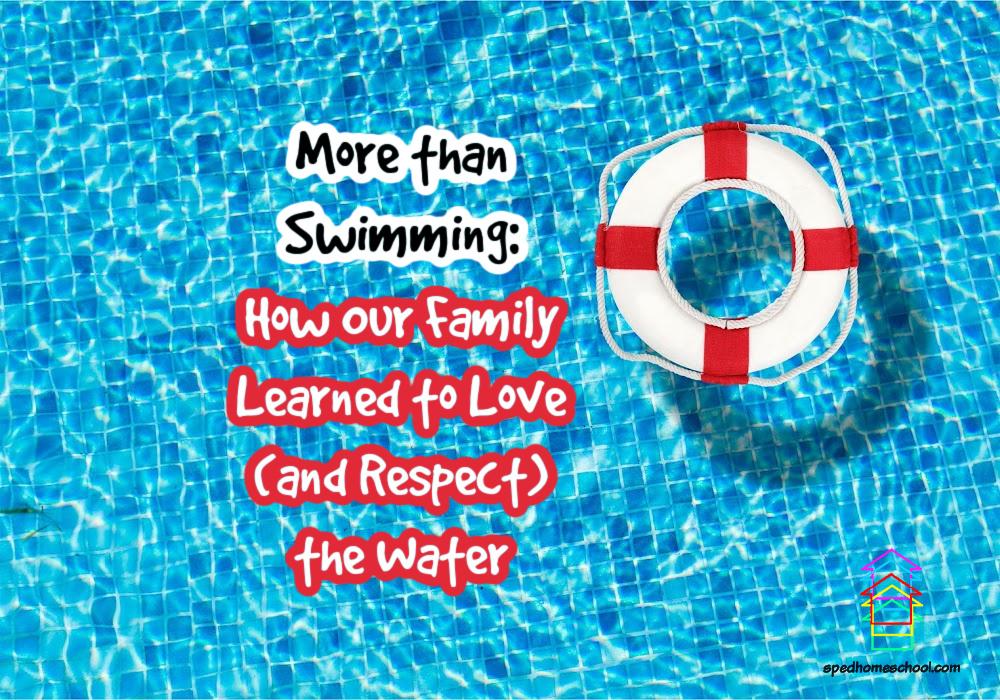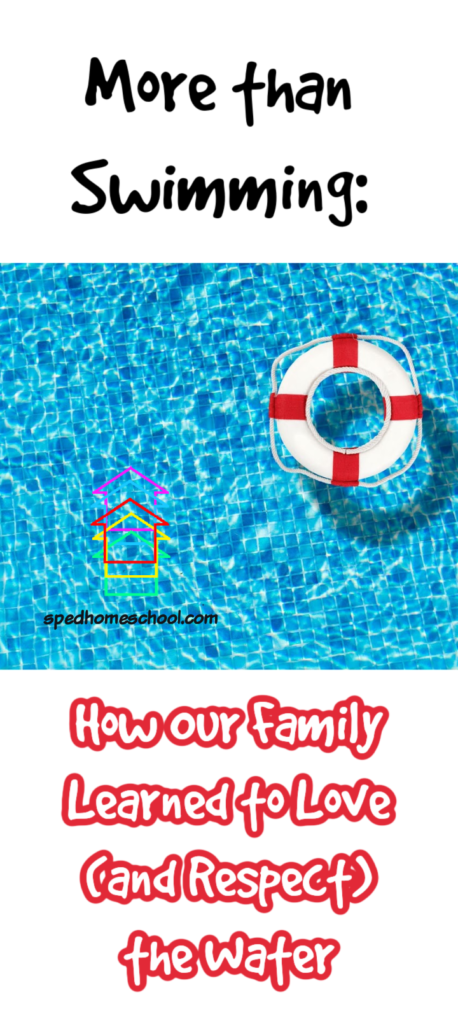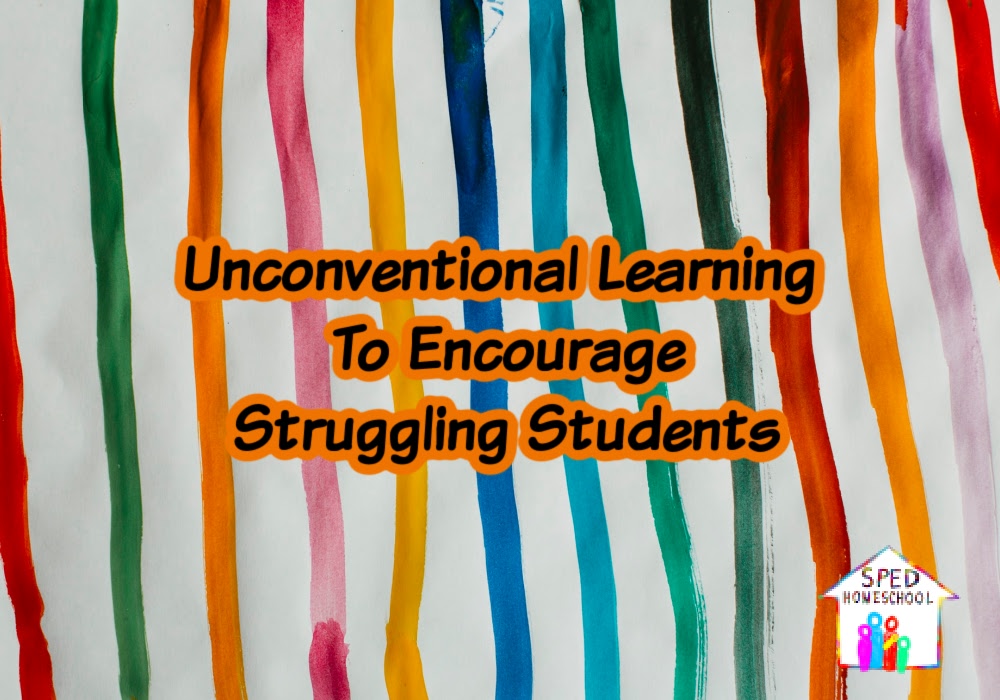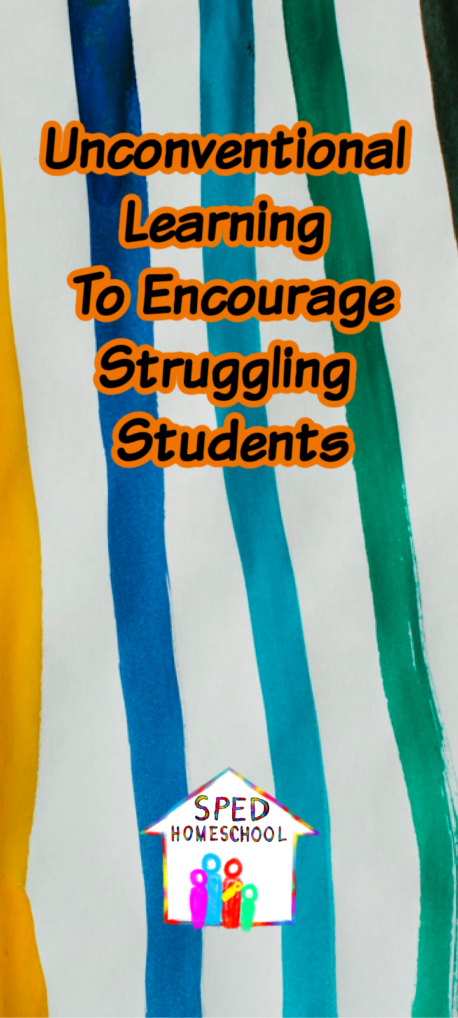
Melissa Schumacher, SPED Homeschool Team Member
When my older son was five years old, we took our first trip to Florida. Living in a northern state, my children had only experienced splash pads and bathtubs. I was shocked when my son – with no swimming pool experience – wanted to jump into the deep water. And he wanted to do it over and over and over again. When we returned home, I immediately looked into swimming lessons for him. I was not excited about his love of water because I knew that, without proper training, water posed so many risks for my son.
As a mom of two boys, I am used to adventure and shenanigans. I generally don’t worry about the climbing and jumping. But I had real fears about water. I know that children with autism frequently and quietly elope, like my son. I know that children with autism, like my son, are attracted to water. I also knew that we would move soon to a warmer climate, and swimming pools would be a part of our experience.
DO YOUR RESEARCH
Through a local moms group, I was connected with another military spouse and swim instructor, Sheila McCarrier. Sheila has been an Infant Swimming Resource (ISR) Instructor for nine years and has taught hundreds of children water safety skills. Even more than teaching children, she has taught families like mine to enjoy the water, be vigilant around water, and spread the message of water safety.
We had tried swim classes at our local community center years before but my son refused to go into the water or participate in the silly songs. I did not want to repeat that experience. To make sure ISR was a good fit for my son, I observed Sheila’s lessons for almost two hours. I wrote down my questions and asked her after her lessons were over. I spoke with other parents about what to expect and how to prepare my son for this new experience. Sheila even met her students for pizza a few days before lessons started! This allowed all her students to meet her and connect with her over something everyone loves – pizza! Before our first day, we also watched several videos of friends swimming and talked about how we would learn to swim, too.
While it was a big commitment, both of my sons became quick swimmers, and we have loved the water ever since. The water provides great sensory input for my son and he has gained more strength and confidence through swimming than through years of physical therapy. I am so thankful that my children and I can enjoy the water, but I still do not let my guard down.
I asked Sheila for her water safety tips as we all head into the summer season.
EFFECTIVE SUPERVISION
The most critical line of defense is adult supervision. No level of aquatic skill can replace active supervision. If your child is ever missing, look in the water first.
ASK TO ENTER
Teach children to ask permission before entering the water. Being present and actively engaged means being IN the water. Never let a child go in the water alone. They will learn they can get in without you, and this increases the risks they will when you are not present. Even non-verbal children can be taught to wait for an adult before entering the water.
POOL FENCES
Install a permanent 4-sided fence with self-locking gates. Ensure that the pool fence is at least 3-5 feet from the pool edge.
ALARMS
Make sure all doors and windows leading to the pool are locked and alarmed. For children with eloping behaviors, door alarms can provide additional protection and can be easily transported during travel.
SURVIVAL SWIMMING LESSONS
A moment’s inattention does not have to cost a child his life. ISR’s Self-Rescue® training is an added layer of protection, teaching your child water survival skills in a completely safe environment.
CPR
If an emergency happens, it is essential parents and families are prepared. Learn to perform CPR on children and adults and remember to update those skills regularly.
A key phrase frequently repeated is “Be a CEO” – have Constant Eyes On. No one watches your child like you do so be sure others know your expectations for safe behavior if you have to step away. “You go, or it’s a no” is another popular phrase. As children age, they are invited to playdates and pool parties. The risk of drowning does not go away, the type of injuries and drownings just change with the older more grown bodies.
Sadly, as I finished writing this piece, a news story popped up about a young boy with autism who eloped and drowned in a local pond. My heart sank to hear of this tragic accident. Drowning is one of the leading causes of death for children under 14 with autism. We know how much joy and fun the water can be for our children during the dog days of summer. But let us all remember to enjoy the water safely.
LINKS:





